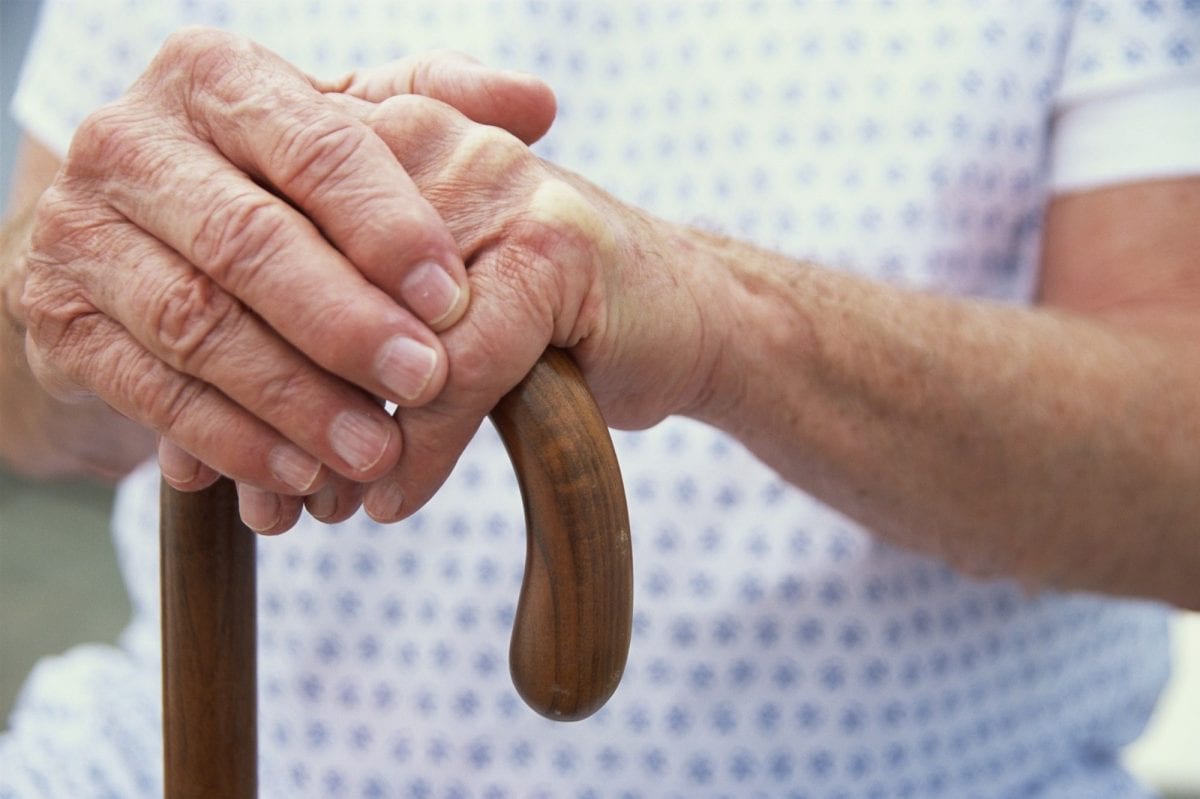Did you know that falling is the second leading cause of accidental or unintentional injury deaths worldwide? For seniors, falling at home poses a great risk to their health due to age. A fall can result in fractures, cuts, and even more serious injuries such as head and brain injuries. Even when there is no serious injury, seniors may avoid certain activities to prevent falling because they are afraid that they will fall again.
Whether it’s slippery floors, coming down the stairs or electrical wires lying about, you can create a safe living space at home with some basic changes. These hazards might affect seniors the most, but the 6 following tips can save anybody from a dangerous fall.
1. Remove clutter
The first step you can take to prevent a fall in your home is to clear clutter and any unnecessary obstructions. Moving these out of your pathway is a simple yet an effective way of ensuring that you won’t bump into anything and trip over. Removing clutter from hallways, staircases and bathrooms is particularly essential. Even if it just means getting into the habit of not leaving anything out, you’re way more likely to not stub your toe or trip over unexpected items.
2. Examine home fixtures
Have a close look at every part of your home. Are there any home fixtures that could potentially lead to a fall? Home items such as glossy tiles, slippery rugs, and loose carpet grippers are examples of what to look out for.
You can then decide whether you need to repair, remove or replace your fixtures. Using non-slip mats is an excellent way of providing seniors and children the safety they need in slippery areas such as the kitchen, bathroom and utility area.
3. Welcome more light in
Keeping your home well-lit is crucial to prevent a fall. An accident is waiting to happen if you cannot see where you are walking. Therefore, you should ensure that every room, staircase and hallway has adequate lighting so that you can see where you are walking especially at night time.
4. Avoid long and loose clothing
Long and loose clothing may feel comforting but these garments can certainly be a serious tripping hazard. Seniors in particular should avoid wearing loose clothing that can come under their feet or catch onto another household item, making them more prone to falling. Opt for more fitted apparel that is shorter in length to avoid a serious accident.
5. Install staircase safety
The place of greatest risk in someone’s home is usually their stairs. Traveling up and down on the stairs can be strenuous and exhausting for seniors. This can then make them prone to falling and due to nature of the area, they could seriously injure themselves. For that reason, seniors should buy new training stairs that will provide safety when taking trips up and down the stairs. They are a great mobility solution, as they give independence to any senior that wants to access certain parts of the home.
6. Consider grab bars
An effective safety solution for those who find it challenging to step in and out of the bath or get on and off the toilet is grab bars. These handy bars offer a solution to those with mobility issues, especially in the most significant risk areas at home. They are easy to install, adding to their beneficial value.
Whether you’re a senior or child, there are many hazards in the home that can lead to broken bones and hospital visits. Do your best to keep clutter to a minimum and make any senior’s life easier by installing training stairs!








